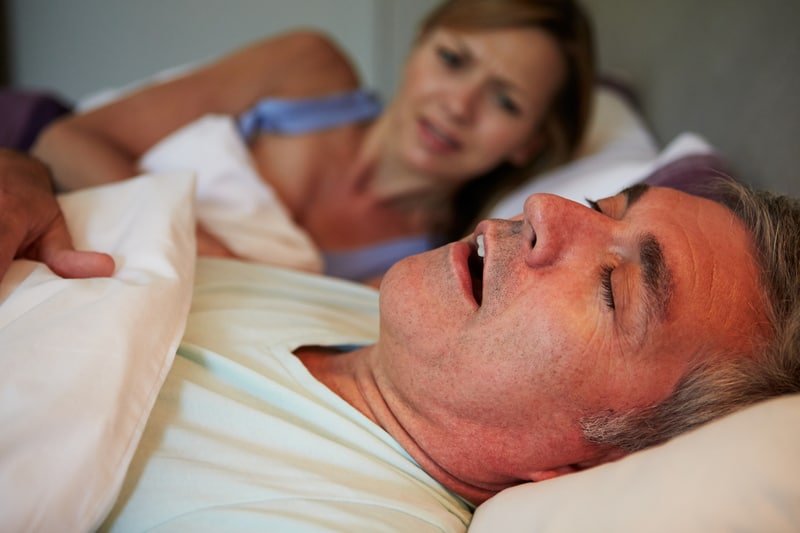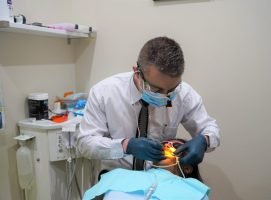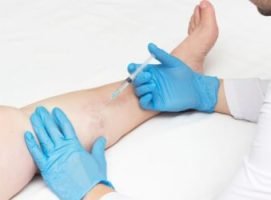What is the Treatment for Varicose Veins?
Although there is no cure for varicose veins, these treatments can only reduce their appearance and relieve discomfort. However, the question arises, what is the treatment for varicose veins?
Elevation: for better blood flow in your veins, you should elevate your legs above your waist several times throughout the day.
Elastic stockings: Use supporting or compression stockings to reduce discomfort. The compression stockings stop veins from stretching and help blood flow.
Injection therapy (sclerotherapy): A healthcare provider injects a solution into your vein during sclerotherapy. Also, this solution causes vein walls to stick together, so your scars fade away.
Laser therapy: In a minimally invasive treatment called endovenous thermal ablation, your doctor uses a catheter and laser to close off damaged veins.
Vein surgery: During these procedures, the surgeon ties off your damaged veins to avoid blood pooling. The surgeon may remove the veins to prevent varicose veins from reoccurring.
What are the complications of vascular treatment?
Half of the people who have surgical stipping get varicose veins again because varicose veins can’t be stopped; make your lifestyle proper, eat healthily, and exercise to avoid such conditions. There are some side effects of treatment, including;
- Scarring.
- Skin burns and discoloration.
- Infection.
- Injury to a nerve.
- Deep vein thrombosis (a blood clot in your vein).
Sclerotherapy treatment can cause numerous side effects that include:
- Redness or bruising for a few days on the needle site.
- Brown areas on the skin where the needle touched.
- Lumps or hardness
- With sclerotherapy, you may have varicose veins again.
What are the signs and symptoms of varicose veins?
The most noticeable sign of varicose veins is colored veins on your legs, under the skin’s surface. These symptoms may include:
- You have a twisted, swollen, and spider webs structure. They may appear below the surface on the legs, ankles, and feet. They can develop in clusters.
- The area around varicose veins may itch.
- Your legs may be painful, achy, or sore. You might also have muscle cramps regularly.
- Your thighs, ankles, and feet can swell and throb.
- If left untreated, varicose veins can cause various severe problems on your skin, such as venous ulcers and soreness.
Where do varicose veins usually appear?
Most often, varicose veins can develop on the lower half of your body, usually on the calves, thighs, ankles, and feet. Moreover, they can also develop in the pelvic area, and varicose veins in the testicles can result in infertility.
How are varicose veins diagnosed?
Varicose veins are near the surface of your skin, and you can see them easily. Your doctor can diagnose the condition during a physical examination by asking you to sit and stand. Also, they will do several tests to check the severity of your condition. Where can you diagnose varicose veins? What is a vein clinic? Veins doctors are specialized and experienced in treating vascular-related diseases; also, they have studied and completed a residency to treat varicose veins.
Conclusion
Suppose you suffer from discolored skin, soreness, and swelling in your legs. In that case, you should consider contacting a doctor for a thorough checkup and treatment.














